|
|
|
|
| Missing In Action (MIA) | Prisoners Of War (POW) | Unexploded Ordnance (UXO) |
| Chronology | Locations | Aircraft | Ships | Submit Info | How You Can Help | Donate |
|
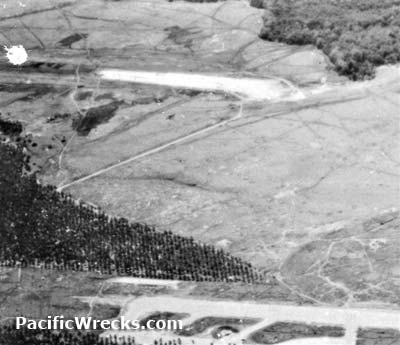 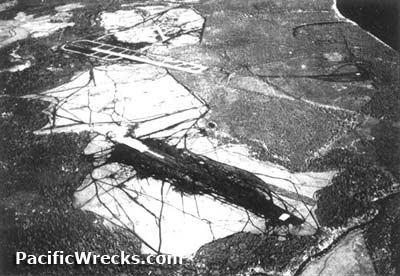 USN 1942 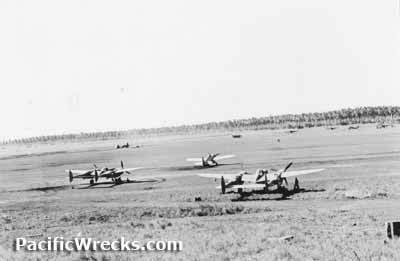 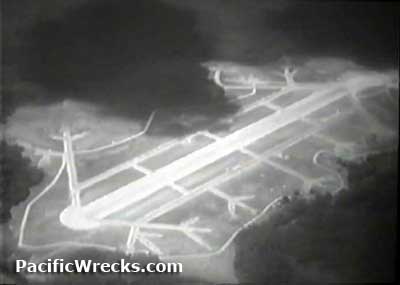 USN 1943 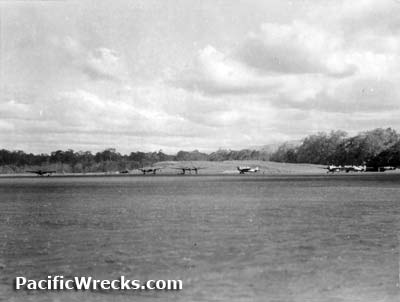 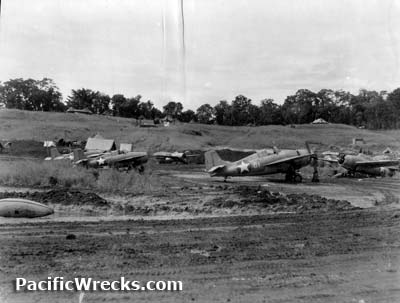 February 1943 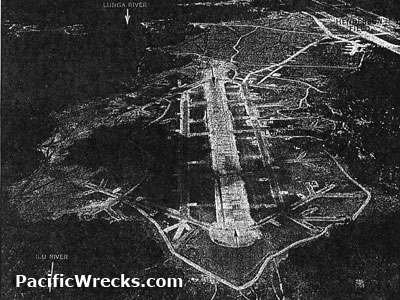 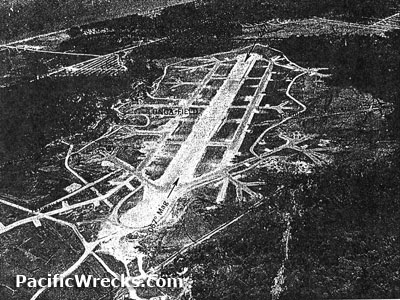 USN October 18, 1943 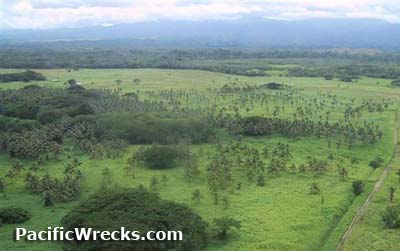 Peter Flahavin 2004 |
Location Fighter 1 is located to the west of the Ilu River near the north coast of Guadalcanal. Located about 500 yards inland to the east and parallel to Henderson Field. Also known as Fighter 1, Fighter One, Lunga Field or "The Cow Pasture". Construction Built by the Americans, the single grass surfaced runway oriented roughly north-east to south-west completed during September 1942. By February 9, 1943 the runway was expanded to 4,000' in length and 150' wide. Although plagued with drainage problems, it allowed Allied aircraft to operate even when Wartime History Fighter 1 became the primary base for U.S. Navy (USN) and U.S. Marine Corps (USMC) fighters and bombers. 67th Fighter Squadron (P-39, P-400) arrives October 17, 1942 VMF-123 (F4F) arrives May 10, 1943–July 1943 Banika VMF-124 (F4U) arrives May 10, 1943–June 6, 1943 VF-33 (F6F-3) Espiritu Santo arrives August 27, 1943–September 21, 1943 departs Espiritu Santo VMF-212 (F4U) September 5, 1943–December 9, 1943 VF-38 (F6F) arrives September 1943 VMTB-233 (TBF) arrives 1943 Bob Fish adds: "VMF-124 placed in tents in the main "campsite" among the palm and rubber trees in the plantation between Henderson and the beach. However, there was a major bombardment that night that raised hell with the pilots and ground crew so they relocated their camp right next to Fighter 1. Major Bob Weissenberger. Now Bob went back in 1981 and looked over the "old field" as best he could by driving along the main Henderson Field. With his background knowledge of what the camp looked like, he found several key "mounds" in the grass. One of these was the bore sighting revetment still there, still semi-circular, but overgrown. When he left in 1943, there were thousands of 50 caliber gun casings in and around this revetment and more than a few live rounds from misfeeds, etc. Not far from it was another mound which surprised him that is was still there - it was the main ammunition dump for the Corsairs! He couldn't get close enough to see if anything was left in or around it in 1981 but when he left the island in 1943, it was packed with enough bombs, and ammunition to "blow the island off the map. In the main camp work area, and also in the overnight tent area, the Seabees had built some bomb shelters. The one in the sleeping area was dug out of earth with a palm logs and sandbags on the roof and he couldn't spot this in 1981. However, he did see the mound which corresponds to the concrete shelter in the work area, right at the intersection of the taxiway and the Fighter 1 strip. He said its highly likely there are lots of things lying around and inside it from spare plane parts to personal items (guys would clean rifles, sharpen bayonets, play cards, etc during an air raid)." On August 27, 1943 U.S. Navy (USN) VF-33 arrived equipped with the F6F Hellcat for their first tour of duty and took over alert duty and began flying combat missions over the central and northern Solomons. Their first tour of duty was three weeks until September 21, 1943 and undertook escort missions and strikes on enemy targets and Combat Air Patrol (CAP) missions over Vella LaVella and attacks on airfields on Bougainville. By December 16, 1944 Fighter One was closed except for emergency landings. By January 1945 noted as being closed except for emergency landings. Today Disused since the Pacific War and overgrown. The outline of the former runway and taxiways can still be seen from the air. References NARA History of Fighting Squadron 33 page 2 (Page 2) "Fighting Squadron 33, took over the alert duty for Fighter One on the afternoon of 27 August 1943." Thanks to John Innes, Peter Flahavin and Stan Jersey for additional information Contribute
Information Last Updated
|
January 1945 Photo Archive View on Google Earth |
| Discussion Forum | Daily Updates | Reviews | Museums | Interviews & Oral Histories |
|